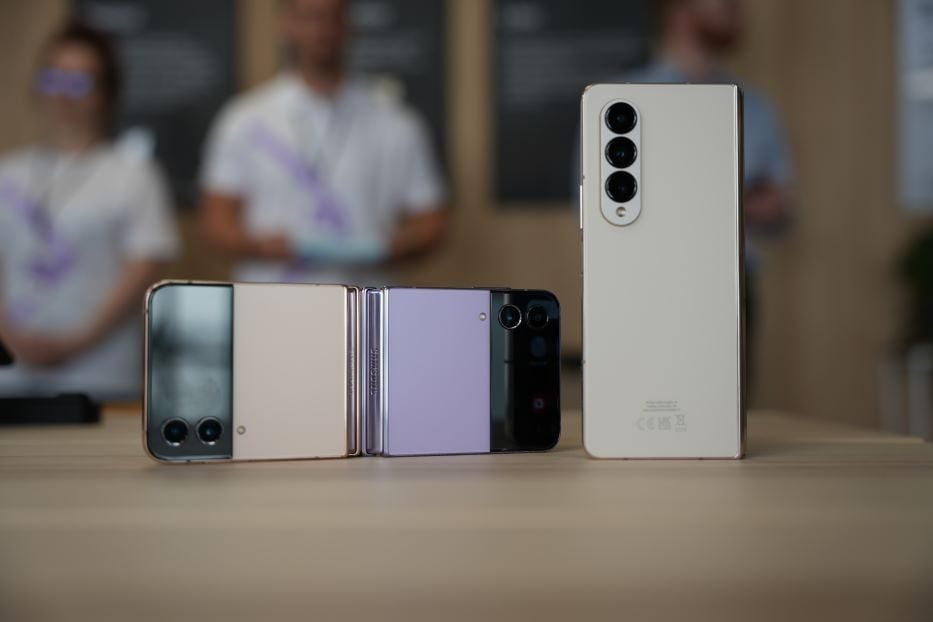
© Adrian BRANCO / 01net.com
Physically very similar to the previous generation, the fourth batch of folding smartphones from Samsung corrects most of the flaws and friction points of the past. Two terminals that must convince on the technical and ergonomic levels to justify their price… very high-end.
Every year, Samsung reviews its copy of folding Smartphones. But this 2022 batch seems to be the generation of the age of reason. The Galaxy Z Flip 4 and Galaxy Z Fold 4 are, at first glance, very similar to their ancestors, the Korean engineers having not played the break. In the small clamshell-style terminal (Z Flip 4), as in the “almost tablet” (Z Fold 4), the lines are very similar, the finishes apparently identical, the dimensions approaching, the IPX8 certification still in the game…
But the devil (or rather the progress) is in the details.
Snapdragon 8+ Gen 1: power without overheating
Both small and large share the same processor: the Snapdragon 8+ Gen 1. Like last year, Samsung is once again trusting Qualcomm to power its folding phones. The funny detail being that it was Samsung’s foundry that engraved the previous non-“+” version. But that here the Korean uses the version engraved by its competitor TSMC. Also engraved in 4 nm like the “normal” Snapdragon 8 Gen 1, this plus version is both more powerful and more energy efficient. This explains its much greater and faster adoption than previous “+” versions (Asus ZenFone 9, ROG Phone 6, Reno Magic 7S pro, Oneplus 10T, etc.).
Samsung engineers took no risk of overheating. This choice greatly benefits the Z Flip 4: coupled with its 3700 mAh battery (against 3300 mAh for the Flip 3), the greater energy sobriety of the Qualcomm / TSMC chip allows the small terminal to offer much better endurance. Three to five hours of autonomy more, to go “beyond the day of use”, according to Samsung.
Z Fold 4: productivity and photography
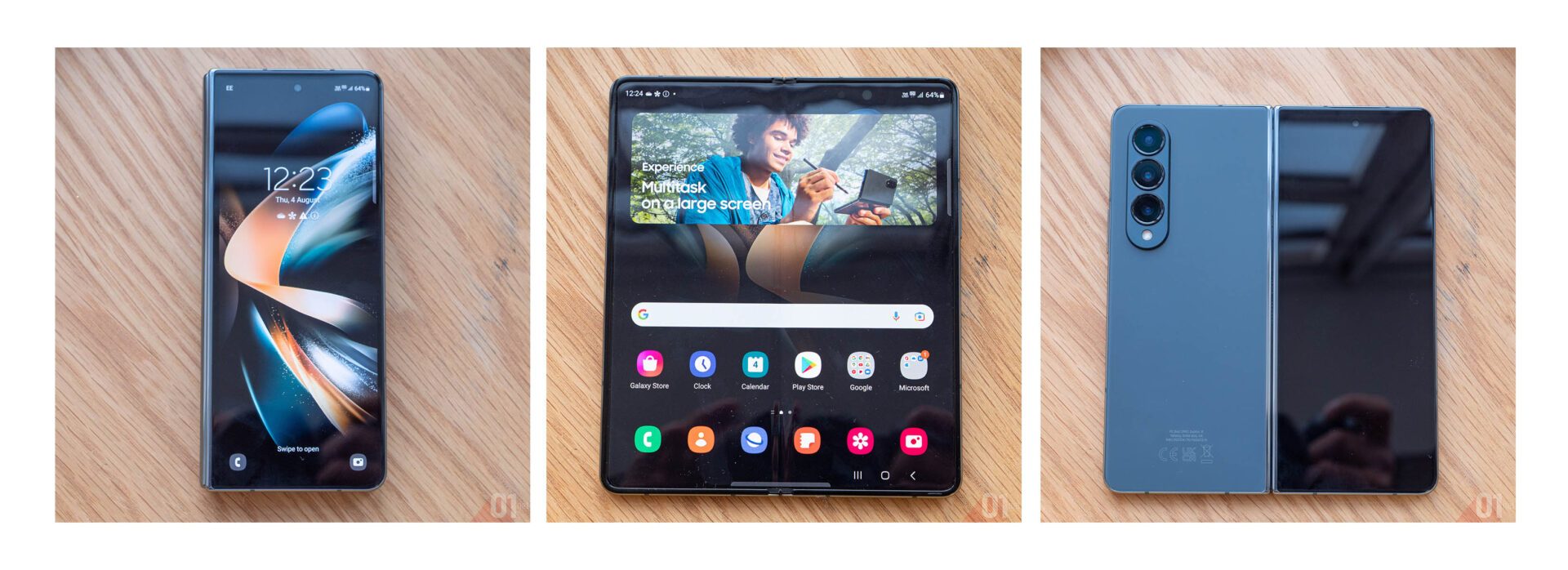
This smartphone, which opens like a book to become an almost 8-inch (7.6-inch) tablet, has its height slightly reduced and benefits from a little more width – 2176 x 1812 pixels (QXGA+, 374 ppi ). The goal ? Offer better viewing comfort, its users “not turning the terminal when they watch videos”, as Samsung France explains to us. These few millimeters would therefore not be nitpicking, but fine-tuning based on user feedback. Samsung engineers have even gone on the hunt for microns on the hinge side, which is less rounded and more compact.
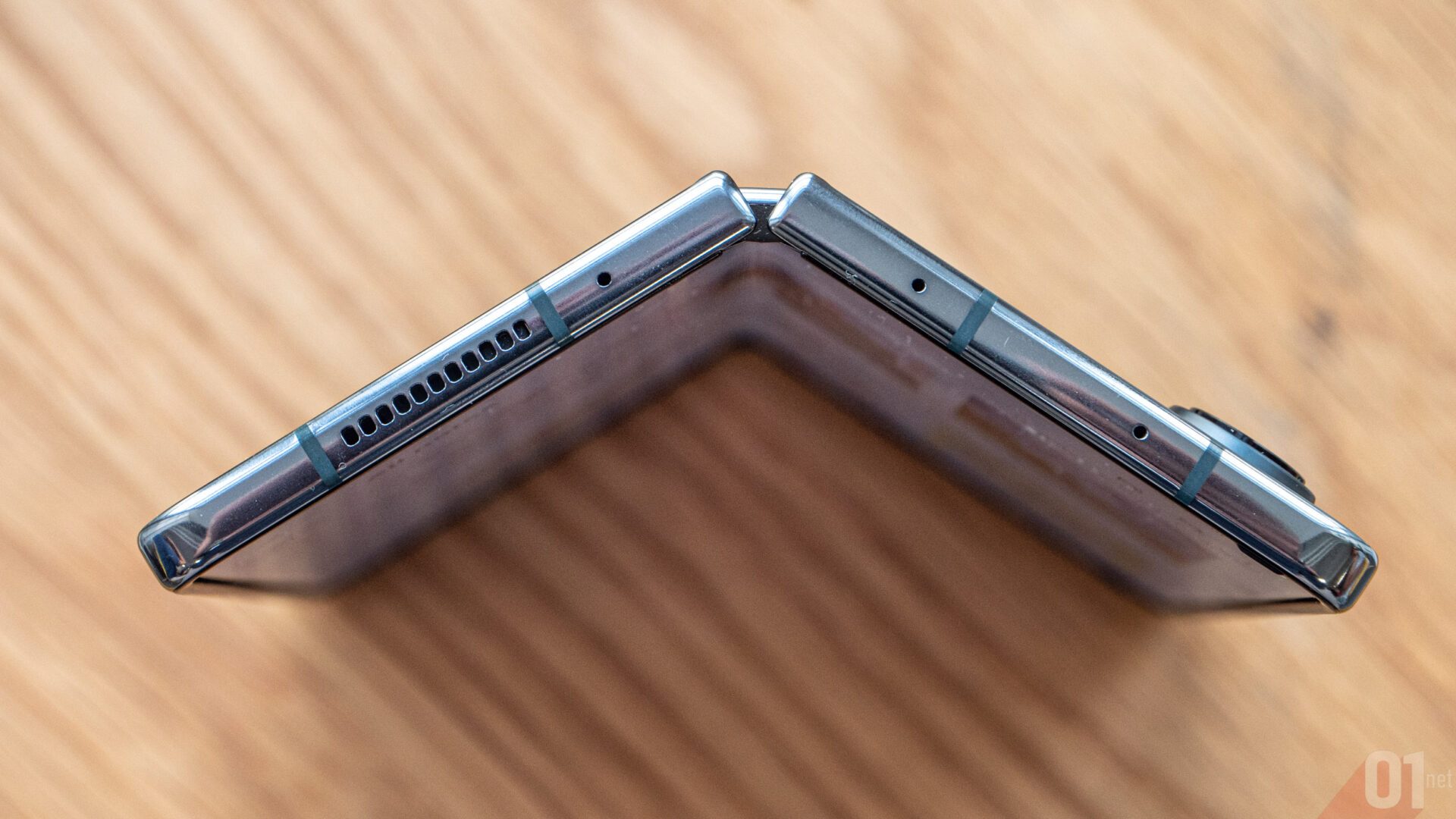
On the display side, the internal screen is now more energy efficient since it can vary its refresh rate between 1Hz (static image or text) and 120Hz (video games, video). The rear screen (6.2 inches 2316 x 904 pixels) is also variable refresh rate (48Hz to 120Hz). But it is also a little wider, which gives it better comfort “especially when writing emails or SMS”, according to the Samsung teams.
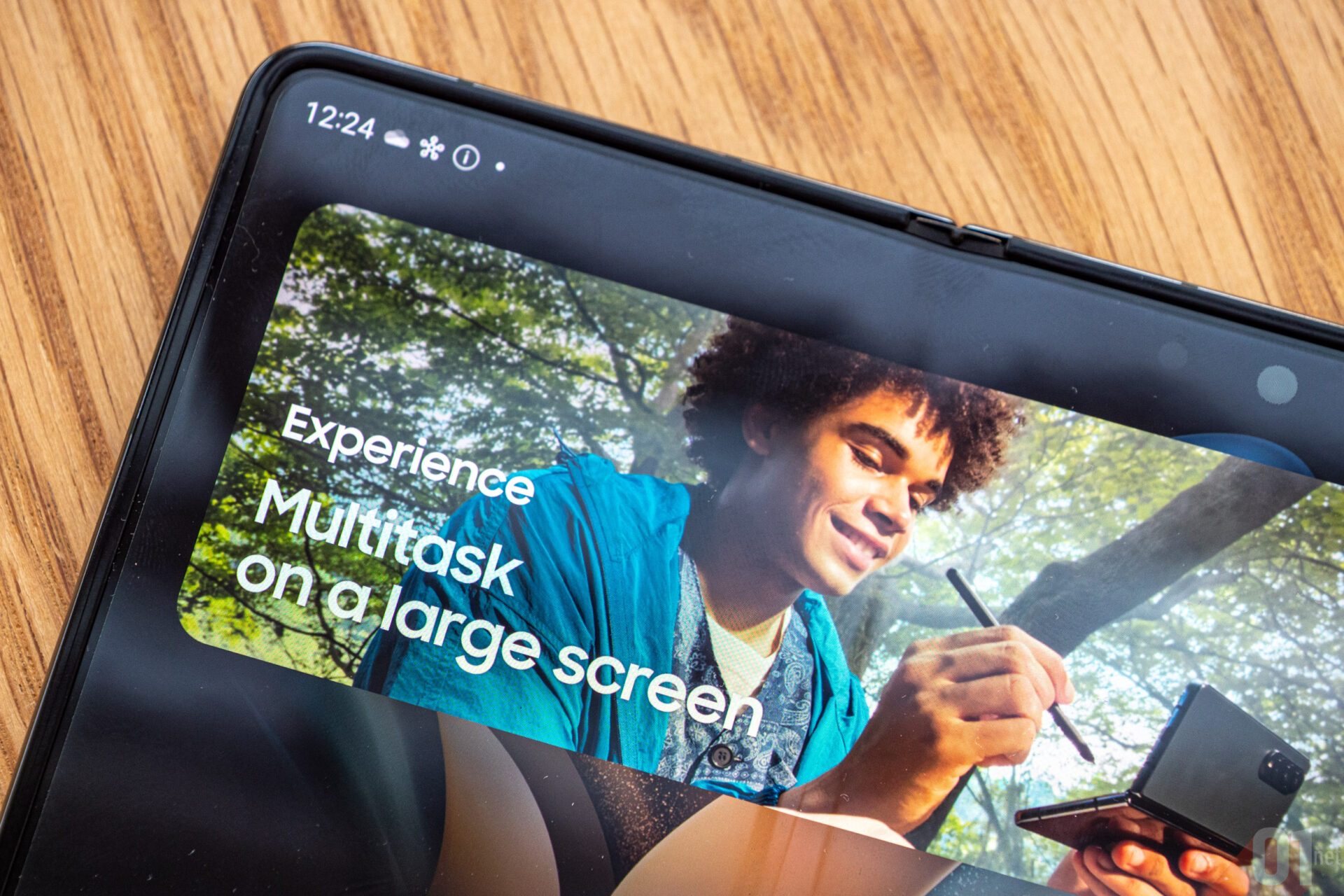
If the large terminal targets on the one hand geeks who consume a lot of videos, the other audience identified by Samsung is “a class of professionals who use the big screen and multitasking to work”, explained a Samsung representative to us. If the size of the screen is enough to establish its superiority in terms of video, to satisfy the pros, it was necessary to go further.
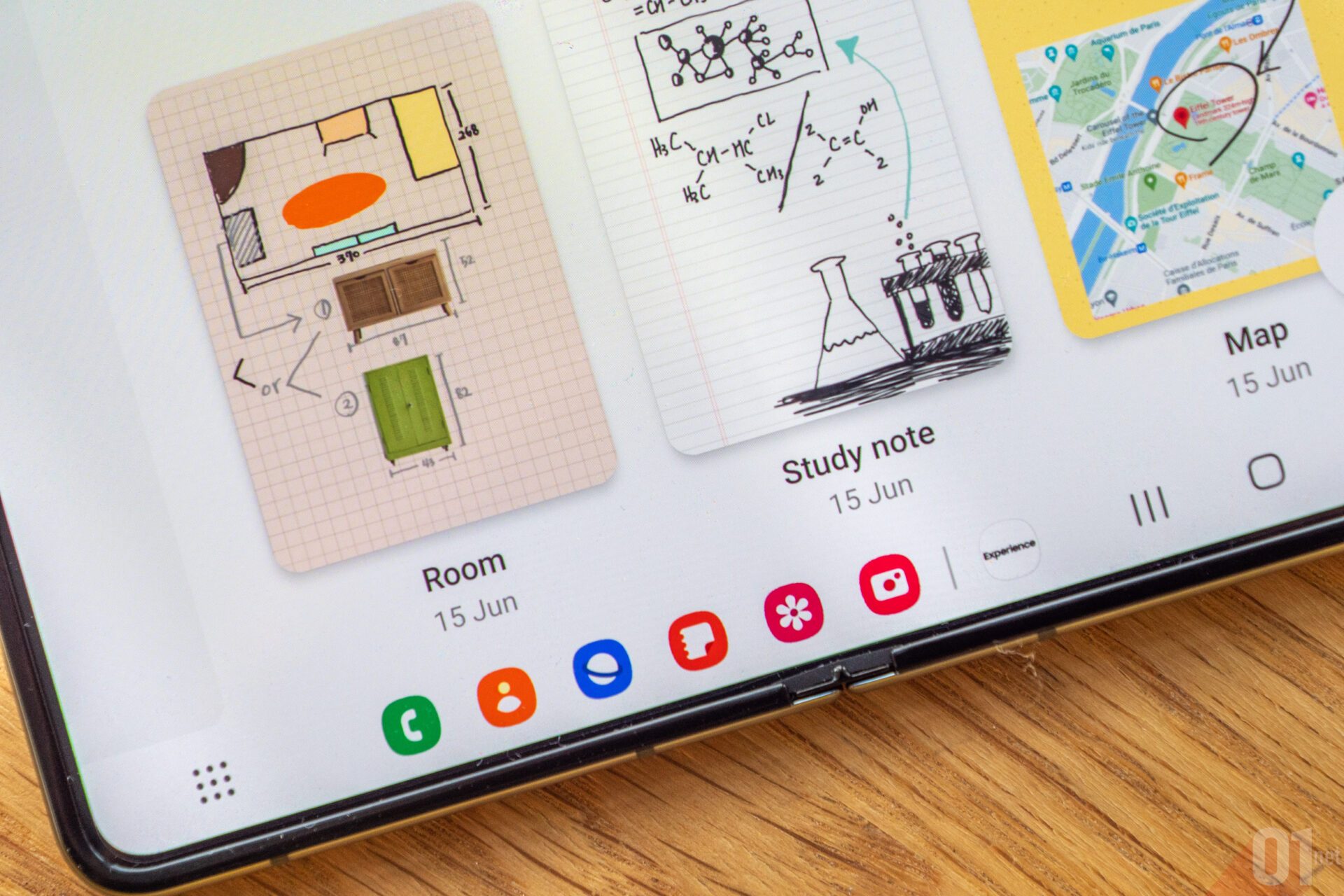
A job that Samsung claims to have done on three levels: better integration of services, better management of multitasking and the introduction of a taskbar. Yes, you read that right. If mobile terminals have changed habits and uses to the point of taking precedence over PCs in certain tasks, our good old computers and the organization of their operating systems still have the advantage when it comes to work. Appearing automatically with certain applications, the “computer” taskbar has the same role as on PC/Mac. The screen partitioning function allows you to manage and resize up to three applications at a time.
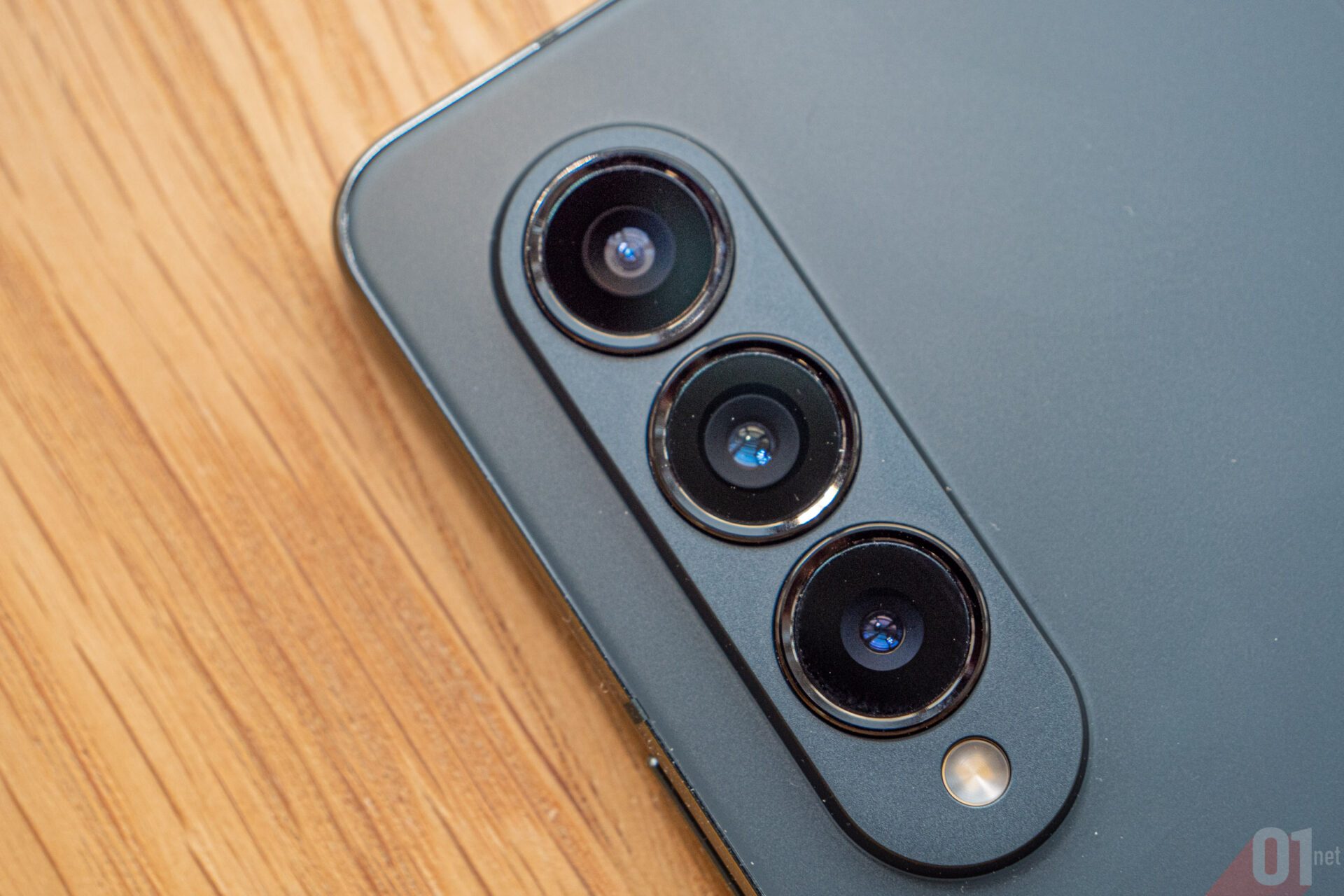
Another “big” detail of hardware evolution: the photographic equipment of the Z Fold 4. The three camera modules are exactly the same as those of the Galaxy S22/S22+. The buyer of this terminal therefore does not make any technological sacrifice on the altar of folding compared to “normal” smartphones. Only the Galaxy S22 Ultra is better equipped with its fourth camera module (a 230mm f/4.9 equivalent super telephoto lens).
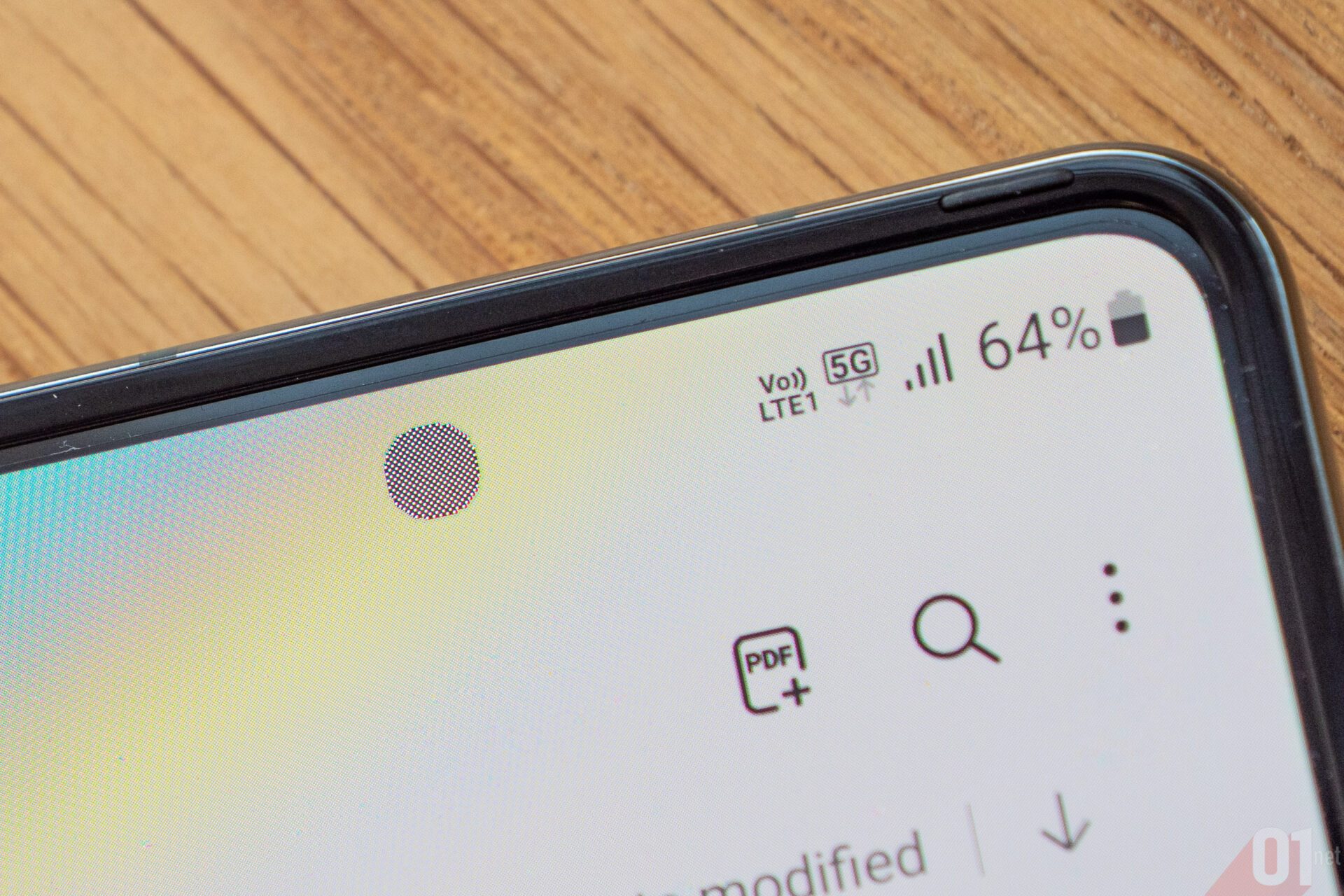
Still on the imaging side, the camera under the screen is a little less noticeable than the Z Fold 3 generation. If it can be detected by tilting the terminal to the light, in real use, the point is almost imperceptible.
Z Flip 4: technical finishes and a fashion touch
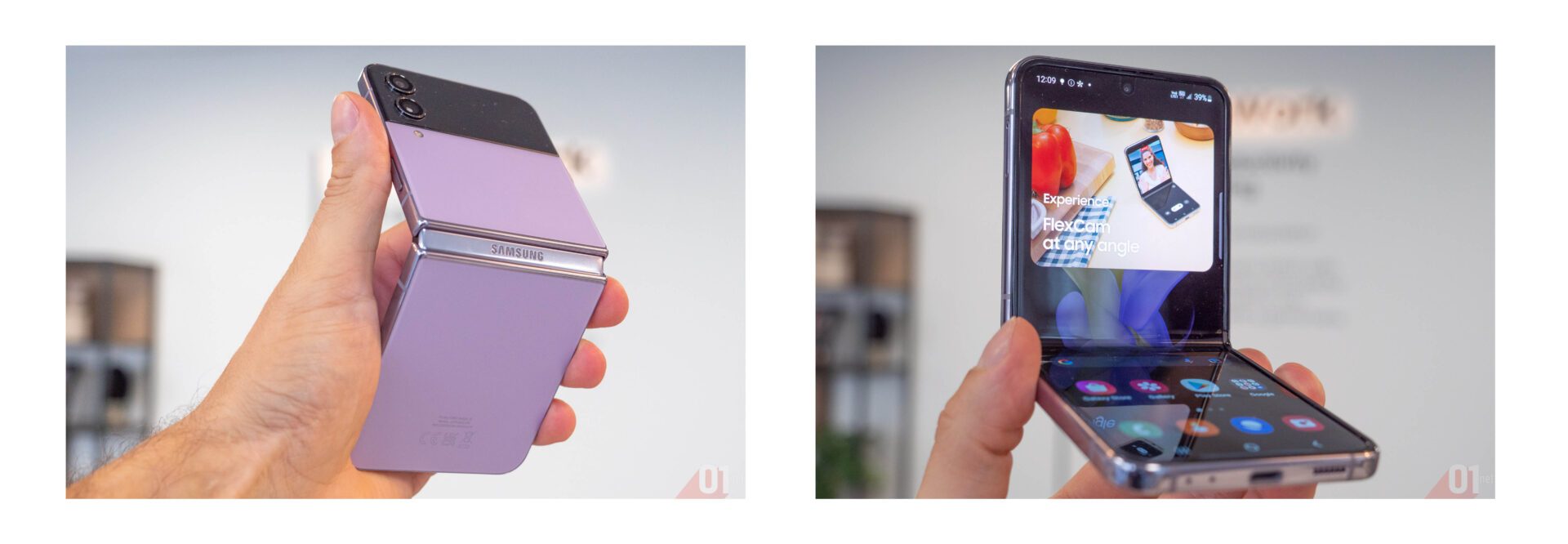
The small terminal is still just as small and light – it saves four grams compared to version 3. Available in four colors, it pushes the fashion side a little further if you order it on the Samsung site.
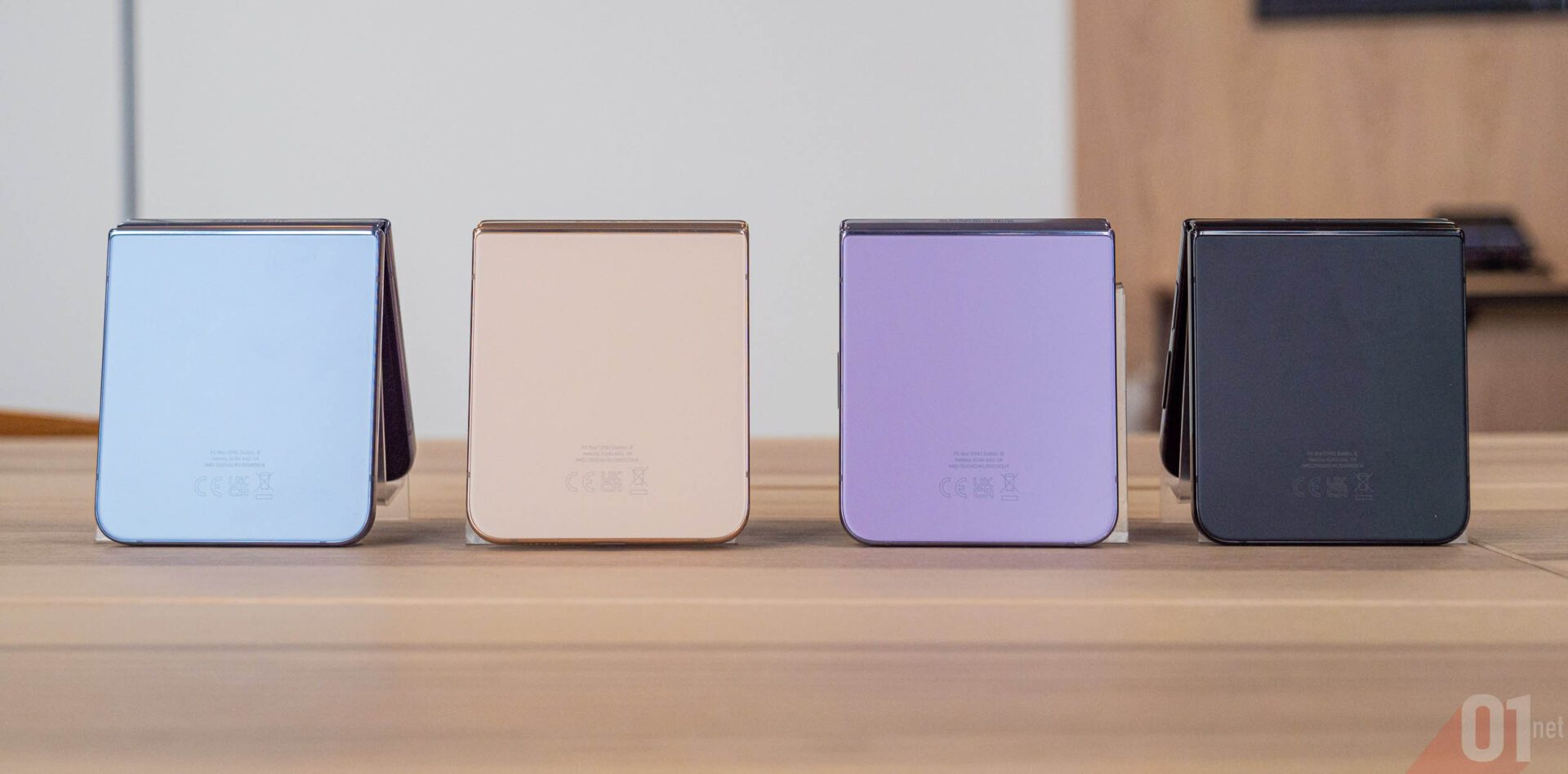
The Korean will indeed provide a customization system offering 75 combinations of tones and materials. If this will not make the geeks stand up, it validates Samsung’s speech to make it a “fashion accessory”.
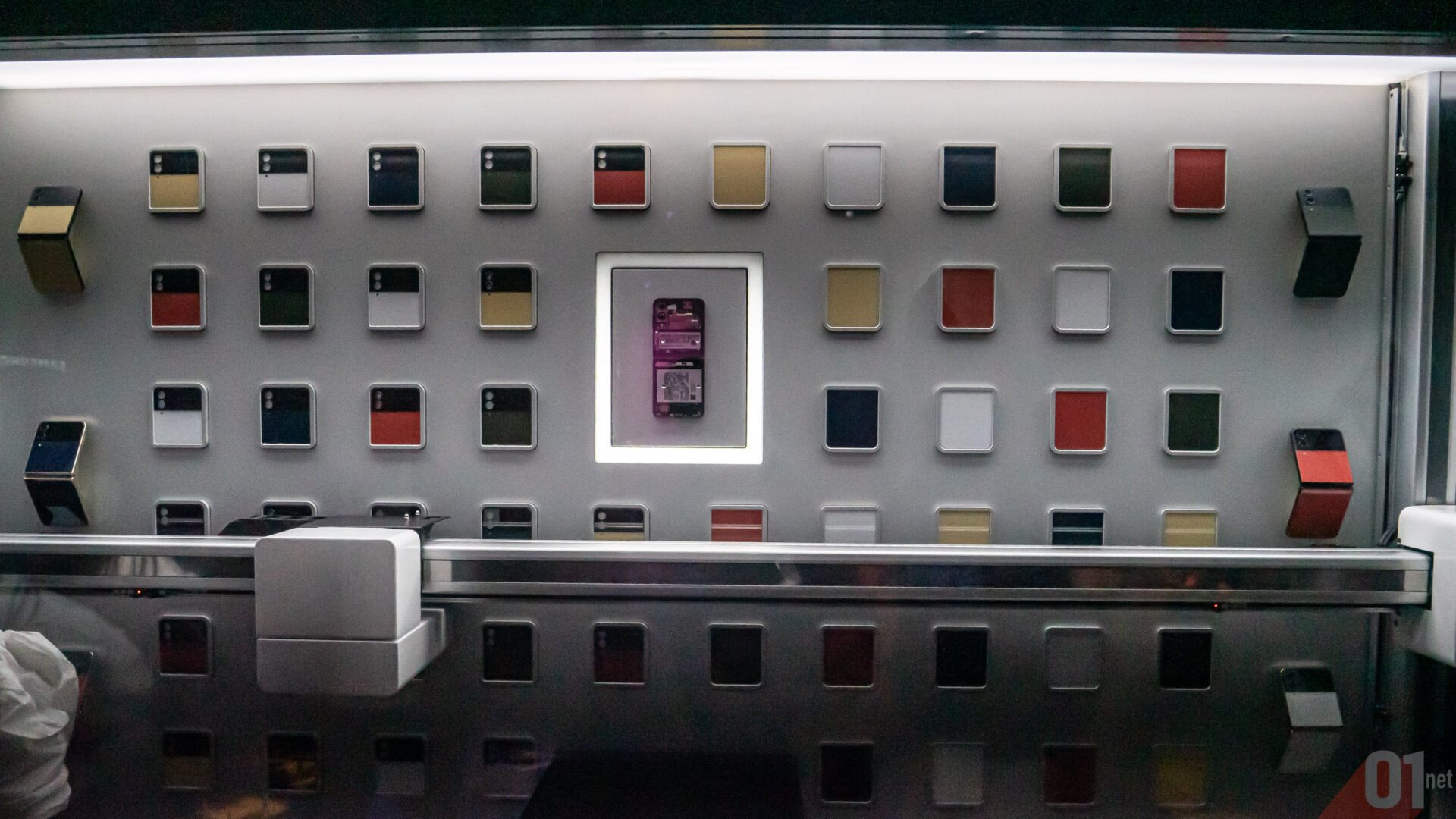
As such, it also benefits from a plethora of accessories to protect and facilitate the grip of an inherently non-conformist terminal. On the photo side, its greater compactness limits it in number of camera modules – only two at the back.
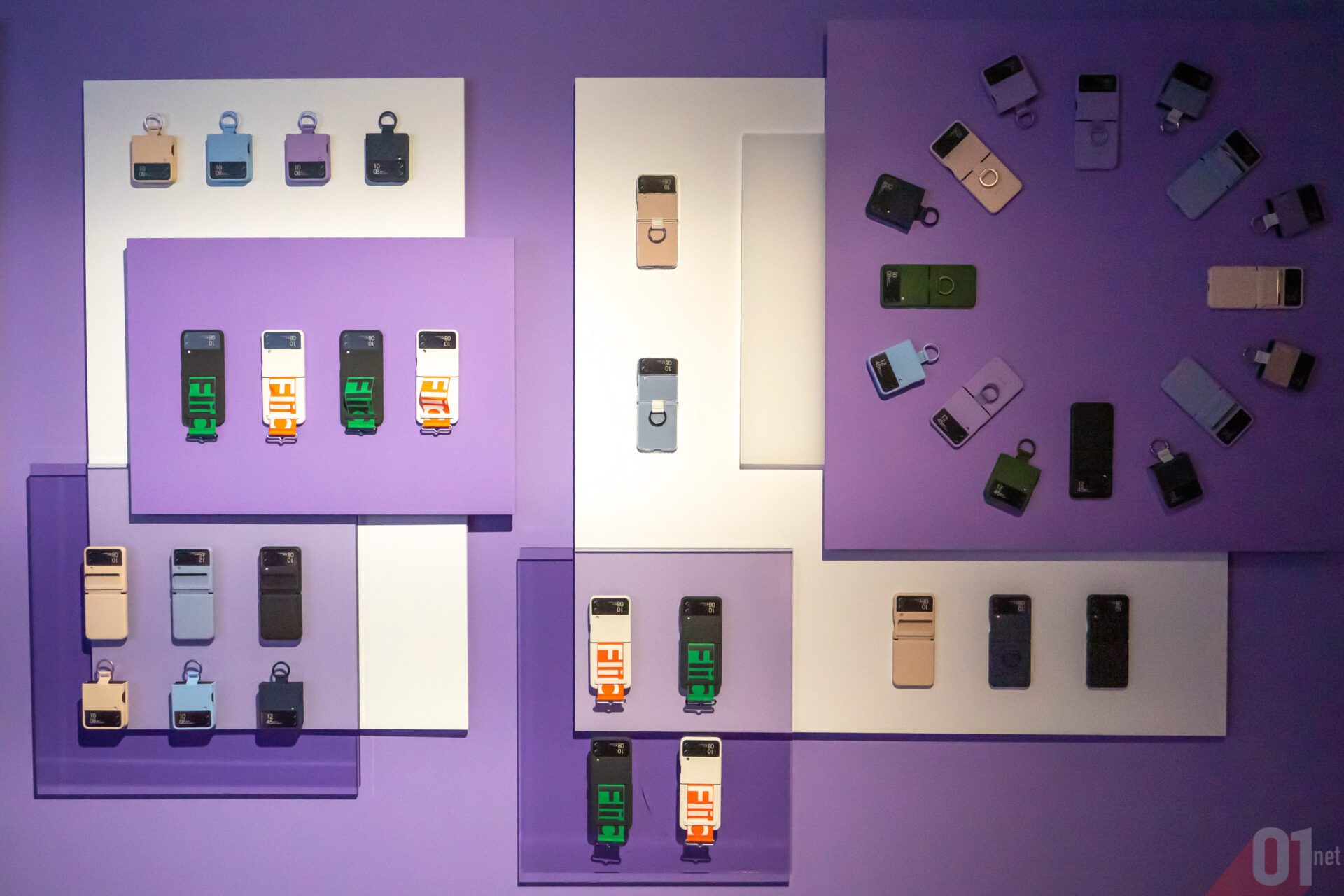
But there is progress compared to the previous generation: the ultra wide-angle module like the wide-angle module benefit from sensors with larger photodiodes (1.8 microns against 1.4 microns in the past).
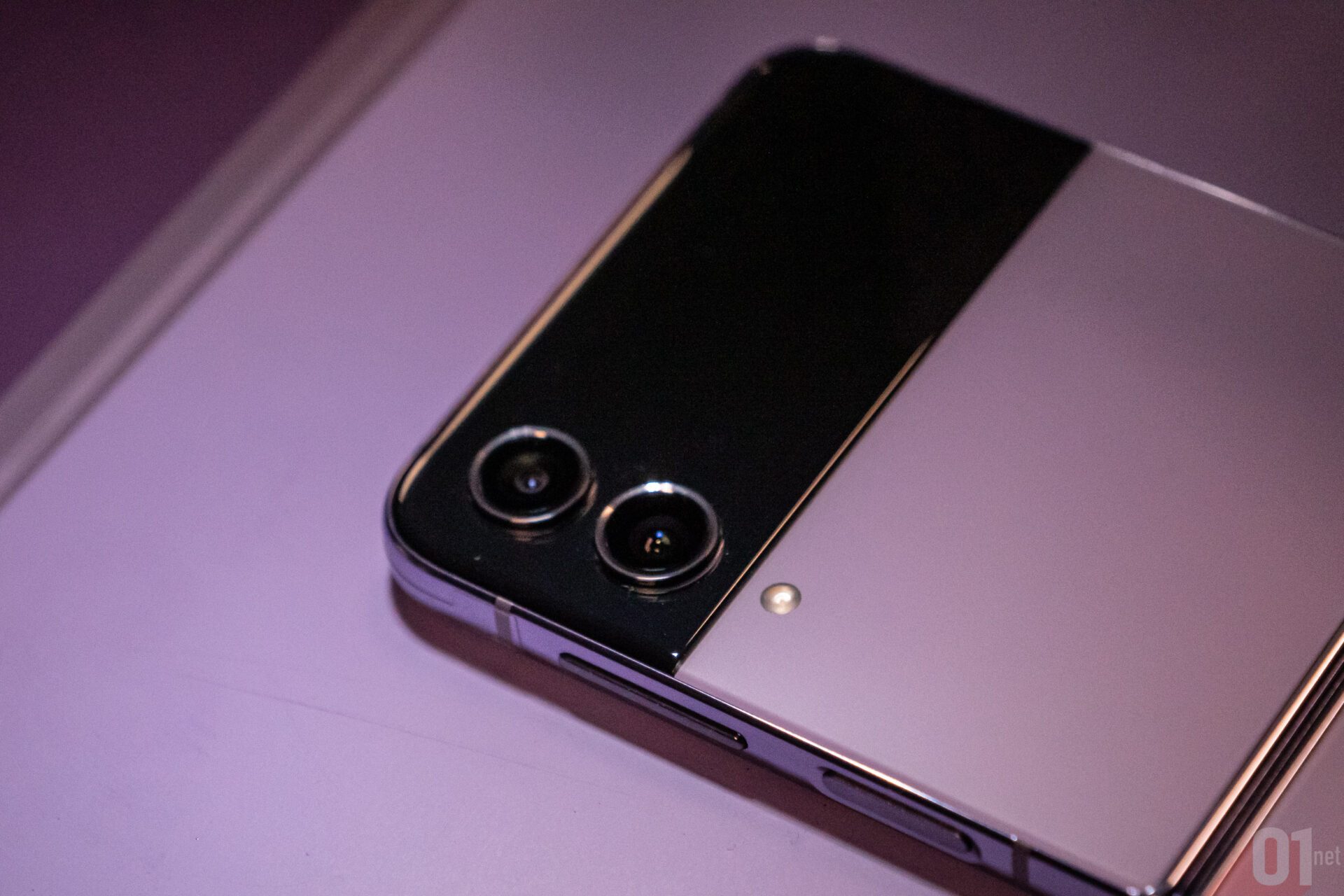
Sensors whose definition of 12 Mpix is explained as much by the need to maintain a compact size as by cost and energy reasons: a 48 Mpix sensor consumes more juice to produce a (better) 12 Mpix image than a native 12 Mpix sensor. Choices have to be made.
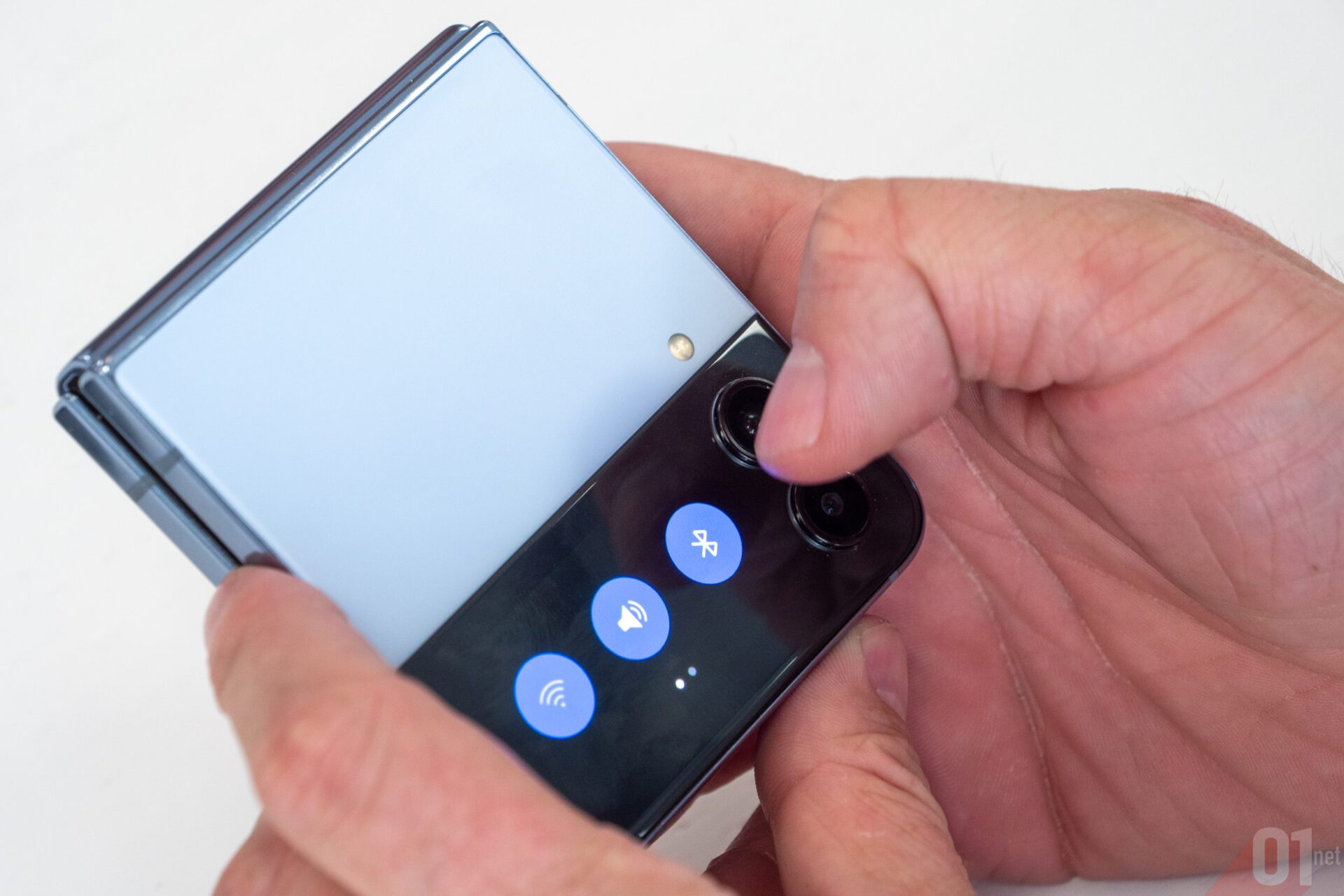
What is interesting in this product is that it integrates the most powerful processor of the moment. Customers attracted by its fashion side may not care, but this asset also allows it to reach users attracted by the ultra-compact format, but who would not want to settle for mediocre performance.
Samsung conservative on charging
Like Asus, Sony, Google or Apple, Samsung doesn’t trust – or have access to patents? – fast charging. The Z Fold 4 is limited to 25W in wired charging and 15W in wireless charging. If the battery charge goes from 0% to 50% in just 30 minutes, we are far from Chinese terminals. Which, themselves, go from 0% to 100% in ten minutes less.
It’s hard to know whether, as one might suspect, this is a problem of access to technology or conservatism – with its Galaxy Note 7 fiasco, Samsung has the right to be the most cautious of all. But we can only see that all Chinese brands are doing better without seeing their terminals explode. It would be interesting to see one day publish battery life statistics, but manufacturers are stingy (or cautious) when it comes to entrusting this kind of statistics.
In any case, it will be necessary to have deep pockets to acquire these two new terminals, the Z Fold 4 being able to go to more than 2000 € in its most generous version in storage.
The Samsung Galaxy Z Fold 4 and Flip 4 are available for pre-order today with sales and shipping opening on August 25.
Samsung Galaxy Z Fold 4:
12GB/256GB: €1799
12GB/512GB: €1919
12GB/1TB: €2159 (exclusively via Samsung.com)
Samsung Galaxy Z Flip 4:
8GB/128GB: €1109
8GB/256GB: €1169
8GB/512GB: €1289
From August 10 to 25, for any pre-order with terminal trade-in, Samsung tops up the trade-in value of €150 for the Z Flip 4 and €200 for the Z Fold 4.